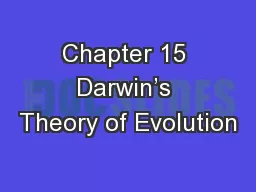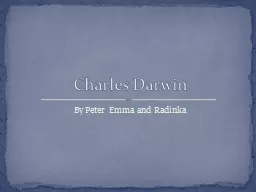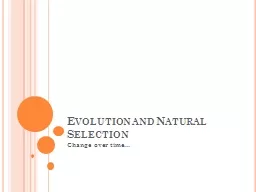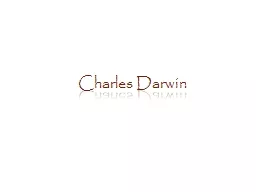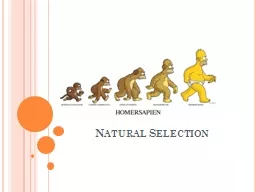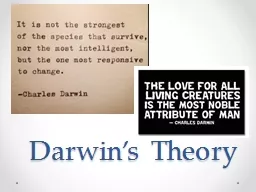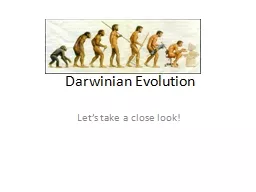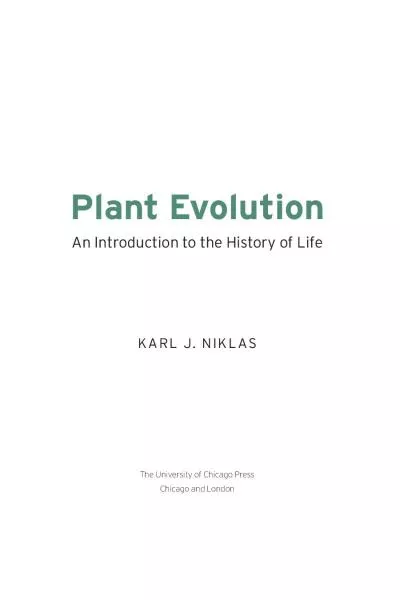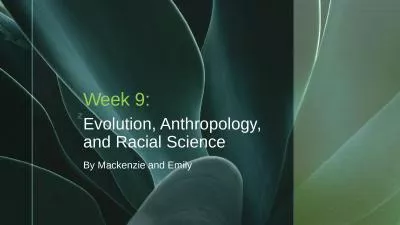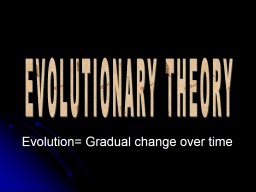PPT-Chapter 15 Darwin’s Theory of Evolution
Author : alida-meadow | Published Date : 2018-09-20
Brain Warm Up What different ways do these animals use to move about What traits does each animal have that help it move about as it does 151 The Puzzle of Lifes
Presentation Embed Code
Download Presentation
Download Presentation The PPT/PDF document "Chapter 15 Darwin’s Theory of Evolutio..." is the property of its rightful owner. Permission is granted to download and print the materials on this website for personal, non-commercial use only, and to display it on your personal computer provided you do not modify the materials and that you retain all copyright notices contained in the materials. By downloading content from our website, you accept the terms of this agreement.
Chapter 15 Darwin’s Theory of Evolution: Transcript
Download Rules Of Document
"Chapter 15 Darwin’s Theory of Evolution"The content belongs to its owner. You may download and print it for personal use, without modification, and keep all copyright notices. By downloading, you agree to these terms.
Related Documents

